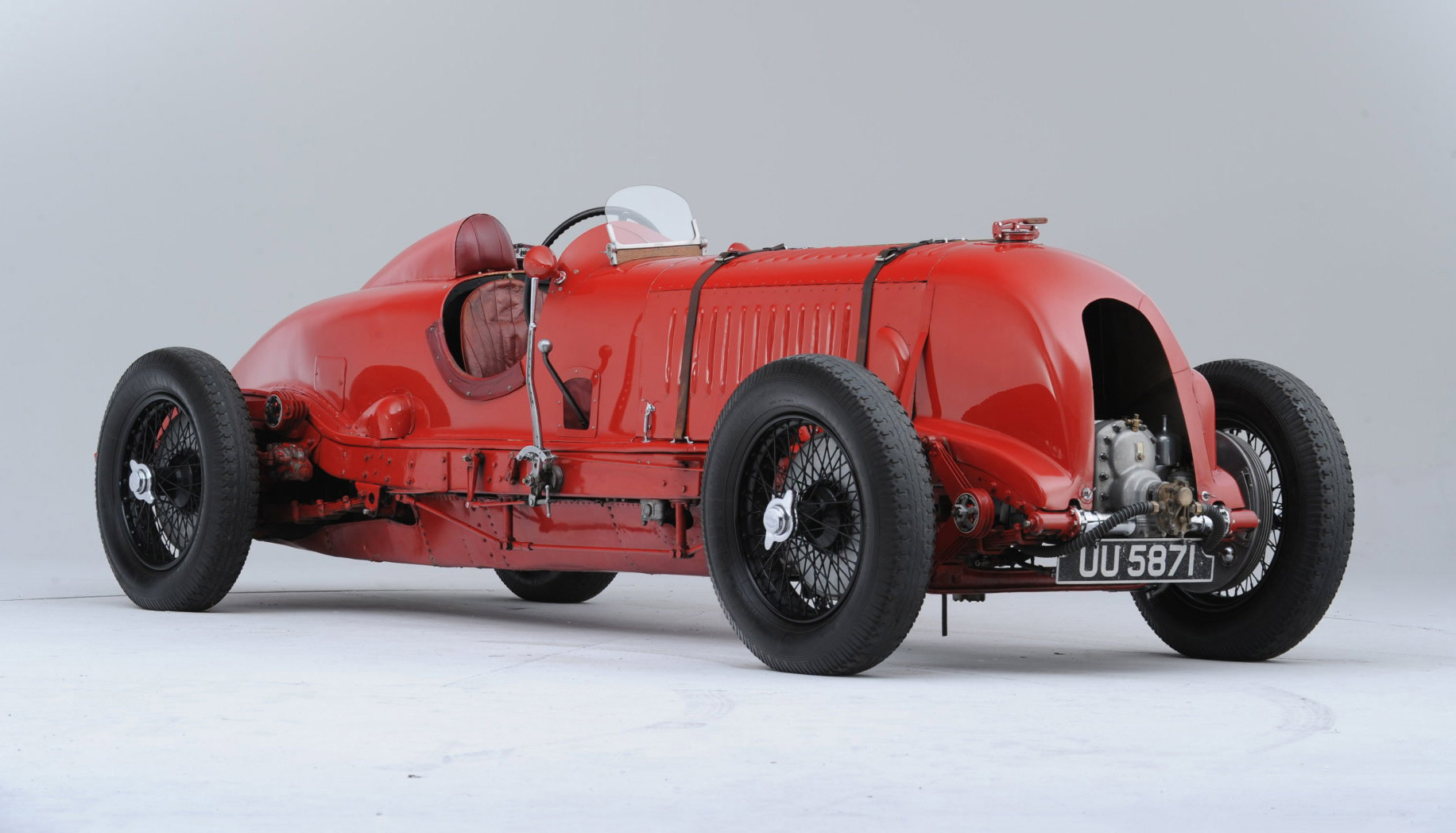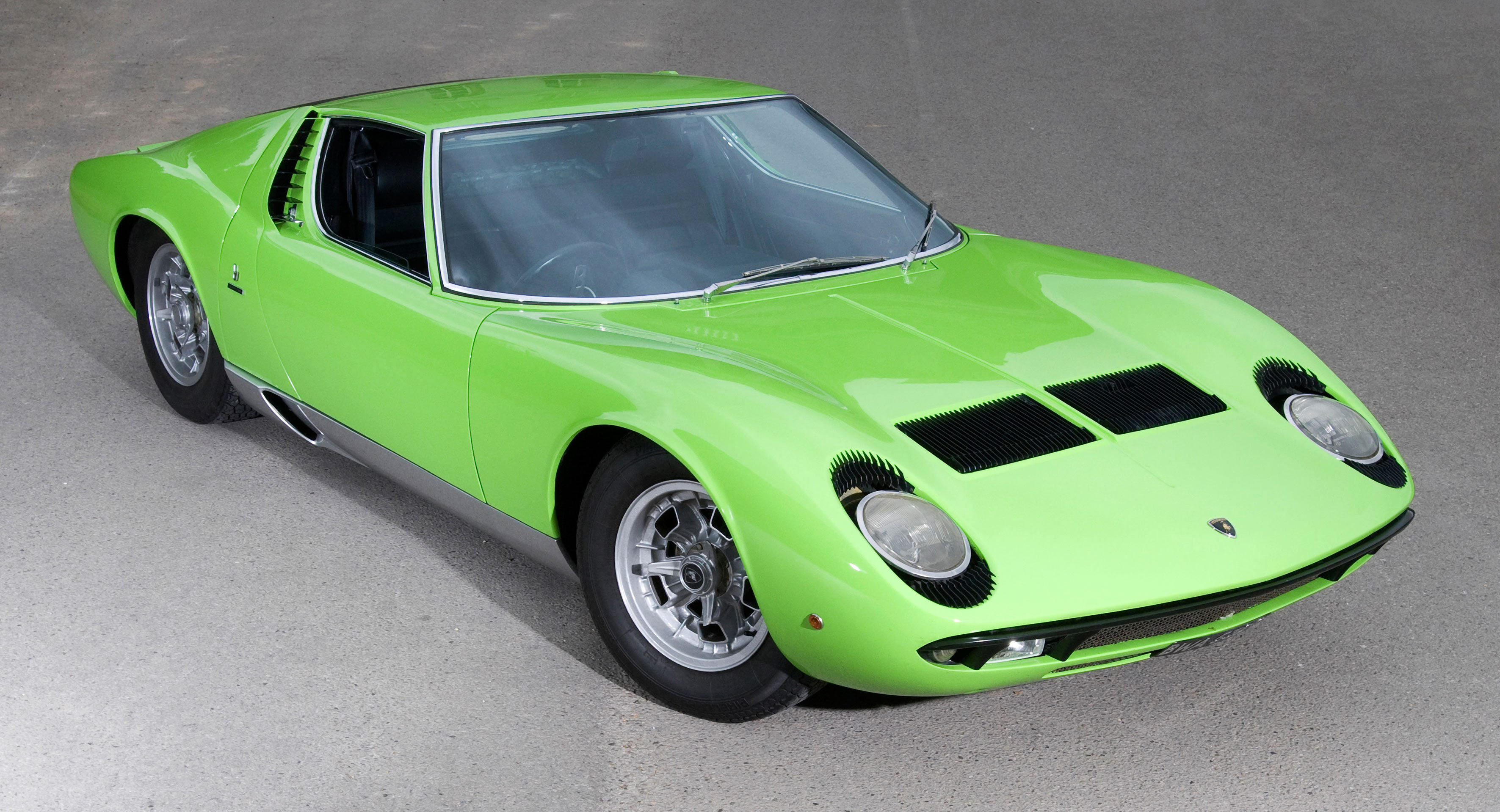Anyone who remembers how the classic car boom of the late 1980s ended in a dramatic bust might be inclined to steer clear of sinking their life savings into a collection of old automobiles. But perhaps they should think again. A cursory look at the prices being achieved for the most sought-after models shows that the market is currently at an all-time high.
A prime example of its buoyancy was seen in February of this year when French house Artcurial set a new record price in Euros for any car sold at auction by hammering down a 1957 Ferrari 335S Spider Scaglietti for €32.1 million (about $35.7 million). Two years ago, the highest price ever achieved for a car in dollars was reached at Bonhams for a 1962 Ferrari GTO: $38.1 million. The message is clear: classic cars are now officially regarded as blue-chip investments, with their value increasing at a higher rate than the stock market, property and even gold. In the 2015 passion investment index by the private wealth managers Coutts, certain classic cars showed an increase of 40 per cent in 2014 and a 400 per cent increase since 2005.
Not that the appeal of old cars is purely financial. For most buyers, the real pull lies in the fact that they are rolling works of art that not only look great and evoke a golden era but offer the potential for a huge amount of fun, too. In recent years, the number of events being staged for veteran, vintage and classic automobiles has grown exponentially. Today, instead of just polishing your pride and joy and taking it for an occasional weekend jaunt, you can actually use it for anything from an organized tour with a group of like-minded enthusiasts to a road rally, hill climb or all-out circuit race. In May, for example, the biennial Monaco Historic Grand Prix saw hundreds of vintage and classic cars racing around the legendary circuit in seven different classes catering for everything from 1930s Bugattis to the wildest Formula One cars of the 1970s. So, if you fancy owning a classic, which should you buy? The choice is, of course, myriad, but here are five that are on the wish lists of most lovers of historical cars.
Jaguar E-Type
Created by former aircraft designer Malcolm Sayer, Jaguar’s E-Type was the fastest production car on the market when it was unveiled in March 1961. With a top speed of 150mph, a 3.8-liter, 265-horsepower engine and jaw-dropping looks, it was declared by Enzo Ferrari to be “the most beautiful car in the world”. More than 72,000 were built during a 14-year production run. The most popular, however, are the “Series 1” models, with the best open-top “roadsters” currently commanding around $250,000, and fixed-head coupés only half as much. Jaguar recently built a series of six “continuation” cars to finally finish the Lightweight E-Type project which, 51 years ago, resulted in the creation of a series of highly-focused racing versions of the car. Only 12 of the intended 18 cars were ever made, leaving the remaining half-dozen allocated chassis numbers on file. These were used by Jaguar’s Special Operations division to build the “missing” Lightweights, which sold for more than $1.5 million each.
Ferrari 250 GTO
Said by many to be the most beautiful car ever created, a mere 39 examples of the legendary 250 GT “Omologato” were produced between 1962 and 1963, originally to contest the FIA GT World Championship series in the three-liter class – the “250” in the title referring to the 250cc capacity of each of the engine’s 12 cylinders. Although designed as a pure racing machine, the GTO is renowned for its ease of use as a road car. The most paid at auction to date is $38.1 million, although one example is rumored to have changed hands in a private deal for closer to $50 million.
Porsche 911 Carrera RS
The Carrera 2.7 RS of 1973 was intended purely for racing, but Porsche had to build 500 road-going examples to qualify the car for inclusion in the Group 4 GT category. It proved so popular as a high-performance street machine, however, that production only stopped after 1,508 had rolled off the line. Much of the appeal of the RS lies in the fact that it combines 150mph performance with reliability and surprising economy. The best examples now fetch between $1 million and $1.5 million, but beware: early 911s are notoriously dangerous in the hands of the uninitiated. When cornering, the golden rule is “slow in, fast out”, because if you lift off the throttle on the apex of a bend, there’s a good chance it will spin off the road.
Bentley "Blower"
“The world’s fastest lorries” is how Ettore Bugatti rather rudely described the pre-war Bentleys that dominated the Le Mans 24-Hour races during the late 1920s and early 1930s. The “blown” 4.5-liter Bentley was unveiled at the London motor show in 1929 having been privately developed by “Bentley Boy” Sir Henry “Tim” Birkin as a higher-performance version of the standard four-liter. Just 50 production cars were built, all of which could top 100mph, making them among the world’s first supercars. Examples rarely appear for sale, but those that do command sums in the region of $1.5 million. Four years ago, however, the 1932 single-seater, record-breaking Blower that originally belonged to Birkin fetched a record $7 million at Bonhams.
Lamborghini Miura
Made famous in the opening scenes of The Italian Job, in which a bright-red example can be seen driving along an alpine road to the strains of crooner Matt Monro’s On Days Like These before being pushed off a cliff by a Mafia bulldozer, the Miura was the first ever mid-engined, road-going supercar when it was launched in 1966. According to legend, it was designed by Lamborghini engineers in their spare time, as company boss Ferruccio Lamborghini was more interested in grand tourers. Featuring a 12-cylinder, four-liter engine, Miuras are known for their brutal power, weighty gearshift and over-light front end. But on a challenging back road with a good driver behind the wheel, thrills are guaranteed. Add to that a range of wild color options and past owners ranging from Frank Sinatra to the Shah of Iran, and you can see why values have risen from $800,000 five years ago to more than $2 million today.
Images: Getty Images, Alamy







